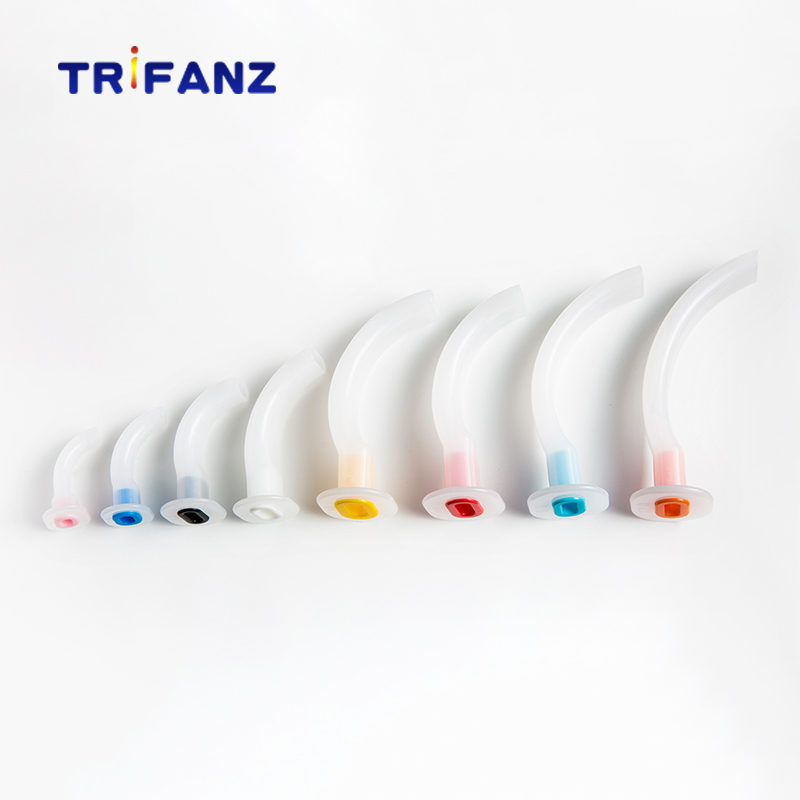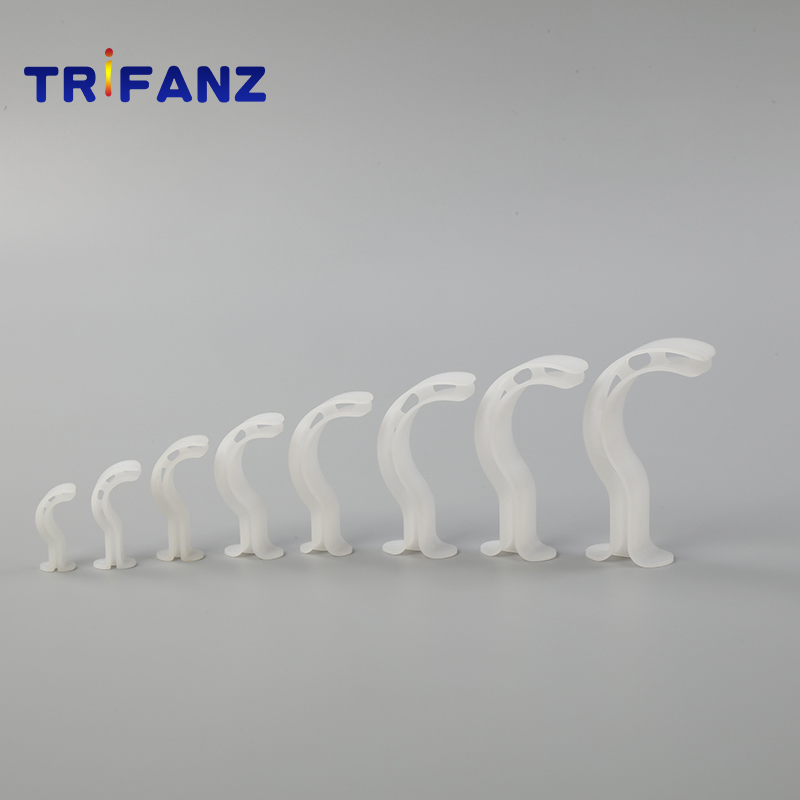Broiler rearing can help farmers get rid of poverty and become rich, with less investment and quicker results. Based on my many years of technical experience, I briefly introduced the broiler farming techniques. 1 Insulation and ventilation 1.1 Chicken house temperature Test the temperature 1 day before the chicks enter in the summer, test the temperature 2 days before the chicks in the spring and fall, and test the temperature 3 days before the chicks in the winter. On the first day of age 33°C to 35°C, if the chicks are weak, increase the temperature to 36°C to 37°C, then decrease it by 2°C to 3°C every week to avoid the daily temperature difference being too large. Generally the temperature difference does not exceed 2°C daily. . Chicken house cooling should be gradual, and avoid in one step. At the same time, we must pay attention to weak young chicks than the high; at night should be higher than during the day; immunity should be higher than usual; stress, disease temperature should be higher than normal. 1.2 Thermometer (1) Proofread before hanging to avoid errors. (2) Hang one beside the stove, hang one near the entrance, hang one from the door and the stove, and the temperature of the three thermometers cannot differ by more than 2°C. (3) The probe of the thermometer should be kept parallel to the back of the chicken (flat on the net). 1.3 Chickens come in The first 3 days, the temperature is controlled within the 33 °C ~ 35 °C. After the chicken enters home, the temperature rises from 1°C to 2°C. At this time, the chickens are in good condition, lively and spirited, evenly distributed, free in movement, and eating normally. 1.4 Temperature Control Principle Moderate temperature: The chicks can move freely and evenly dispersed in the house is an appropriate temperature performance. The temperature is high: the chickens are far away from the fire, and their wings are hanging down and their mouths are breathing. The temperature is low: chickens gather near the fire. 1.5 Ventilation At the age of 6 days, ventilation was started, and the amount of ventilation was increased as the age increased so that the birds had enough oxygen. The benefits of ventilation in the house: 1 Supply fresh air and supply oxygen. 2 Adjust the temperature and humidity inside the house: Remove excess heat and moisture from the air. 3 Reduce dust and improve air quality. Matters needing attention: 1 to make the air in the house to form convection, both sides of the window should be open or sunroof, side windows open at the same time. 2 It is recommended to ventilate according to the season, weather, and wind direction during ventilation. Autumn and winter can be used for timing ventilation, opening the window when the wind face to open smaller, leeward face open more. 3 Ventilation Ventilation should be gradual and progressive, avoiding cool winds blowing directly onto the chicken. The disadvantages of poor ventilation: (1) It is easy to cause the chickens to throw their noses and snoring. 2 Easily cause E. coli disease, ascites and other diseases. The winter and spring weather is cold and it is necessary to provide ventilation and air temperature while maintaining the temperature inside the house. While ventilating and ventilating, be careful not to cause the temperature in the house to go up and down, and prevent the stress caused by the excessive temperature difference from causing the disease. Ventilation outlets should be more than 1.5 meters above the back of the chicken. Otherwise, when the temperature drops sharply and the cold and heat preservation work cannot keep up, it is easy to make the broilers suffer from exogenous cold and respiratory illnesses characterized by cough, sneezing, and dyspnea. Unless in the hot summer season, the airflow rate in the house is generally required to be 0.1 to 0.35 m/s. 2 Disease Prevention and Control 2.1 Biosecurity measures The cleanliness and disinfection of the sheds should be well-cleaned. The thorough cleaning and disinfection of the broiler house is a prerequisite for successful brooding. Thoroughly clean plastic nets, bamboo baskets, drinking fountains, drums, walls, roofs, etc. The ground, walls, and houses outside the house are generally sterilized 3 to 4 times before they enter the chicks. Fumigation must ensure that the temperature is not lower than 15°C and the humidity is not lower than 65%. If the ground is dry, water or spray on the ground must be kept to maintain the humidity. Segregation measures: Personnel access, changing clothes, disinfecting vehicles, etc. must have a system that is strictly enforced. Disinfection in front of the plant should be kept safe and effective. Vehicles entering young pigs should be strictly disinfected, and cross-contamination should be resolutely eliminated in order to control the fierce infectious diseases in the chicken farm. 2.2 Implement all-in and all-out 2.3 Preventive injection Follow the procedure to prevent it. In particular, vaccine injections for infectious diseases such as bird flu and infectious bronchitis. Add health-care drugs to the feed to prevent the occurrence of diseases. 2.4 Regular disinfection Chicken manure disinfection, once/week. Site disinfection, 2 times / week. 2.5 Waste Treatment Chicken manure concentrates to kill pathogenic microorganisms. Or put the feces into a digester for fermentation. 2.6 do a good job of broiler coat antibody testing 3 Strengthen feeding management 3.1 Stocking density In daily feeding and management, we must observe and find that abnormalities are dealt with promptly. (1) Breeding density should be reasonable. The appropriate density: online raising: 1 week old: 35 birds per week; 2 weeks old: 28 birds per year; 3 weeks old 22 birds per month; 4 weeks old 18 birds per month; 6 weeks old 11 / /; 7 weeks old 10 / /. Ground level raising: 1 week of age: 30 animals per year; 25 weeks of 2 weeks old; 20 animals of 3 weeks old; 15 individuals of 4 weeks old; 5 weeks of age: 12 animals per week; 6 weeks of age 10 Only /?; 7 weeks old: 9 /. The density is too large and affects the growth and development of the flock. Easy to cause ascites, respiratory disease, E. coli disease. 3.2 Nutrition balance of feed In order to save feed costs, many chicken farmers have to add corn to the full-rate feed, which results in an imbalance in the ratio of the diet. The ratio of essential proteins, amino acids, and trace elements in poultry is unreasonable and can easily cause diseases. Therefore, it is necessary to ensure the nutritional balance of feed. 3.3 Parasitic Disease Prevention When the ground is raised, it is often the case that the litter is relatively humid, and it is easy to cause chicken coccidiosis. Therefore, it is necessary to prevent the parasite. 3.4 Feeding equipment supply The lack of relevant equipment such as the shortage of water tanks and drinking fountains has resulted in insufficient feed intake and water consumption for broilers and flocking of chickens, causing slow growth of broilers and waste of feed. 3.5 Humidity Humidity should be controlled by the standard. 70% in Week 1, 65% in Week 2, 60% in Week 3, 55% in Week 4, and 40% after Week 4. Humidity is too low: 1 will cause the chicken body's water to dissipate to the environment, can easily cause the dehydration of the chick, cause the bristle to crisply fall off, the toes to dry, the constitution is bad, the survival rate of the brood is reduced. 2 There are more fly dusts in the house, which can easily cause respiratory diseases such as mycoplasma and transmission. Humidity is too high: 1 easily cause viral diseases such as Bursitis. 2 easy to cause coccidiosis, E. coli disease, Staphylococcus disease. Improve the humidity of the sheds: 1 Water vapor method: Use a bucket or basin to heat the furnace and use steam to increase the humidity inside the house. 2 spray method: use warm water and disinfectant spray in the chicken house, both disinfection, but also increase the humidity within the house. 3.6 Keeping the Environment Quiet The breeder does not wear bright clothes in the broiler house, and the technical operation is lighter to avoid stress reactions. 4 Judging the time of the slaughter, timely delivery The broiler breeding needs to analyze the slaughter time, and it can obtain higher economic benefits when the market conditions are good and the market demands. (1) The growth advantage of broilers should be used. The daily gain of broilers shows an increasing trend before the peak of growth and a decreasing trend after the peak of growth. The fast growing broiler hens have a growth peak at 7 weeks of age, a cock at 9 weeks of age, and a male and female polyculture at 8 weeks of age. Therefore, the slaughter of broilers should not exceed the above-mentioned time. (2) According to the market-related price changes, under normal circumstances, when the price of chicklings is high, the breeding period should be appropriately extended. When the chicklings are low in price, the feeding period should be shortened.
An oropharyngeal airway (oral airway, OPA) is an airway adjunct used to maintain or open the airway by stopping the tongue from covering the epiglottis. In this position, the tongue may prevent an individual from breathing.
Guedel Airway
Maintains airway through the oral cavity and pharynx
Oropharyngeal Airway,Oral Pharyngeal Airway,Medical Oropharyngeal Airway,Opa Airway Hangzhou Trifanz Medical Device Co., Ltd , https://www.cfzmeds.com
a. Made of semi-rigid non-toxic polyethylene.
b. Bite block and tongue depressor,Rigid bite block helps keeping the victims airway from collapsing
c. Size: 000, 00,0,1,2,3,4,5,6

Atraumatic soft-rounded edges
Smooth inner and outer surfaces
Side channels provide access for suction catheters
Flexible to ensure dental protection
Broiler Breeding Technology
Next Article
How to choose soil nutrient speedometer